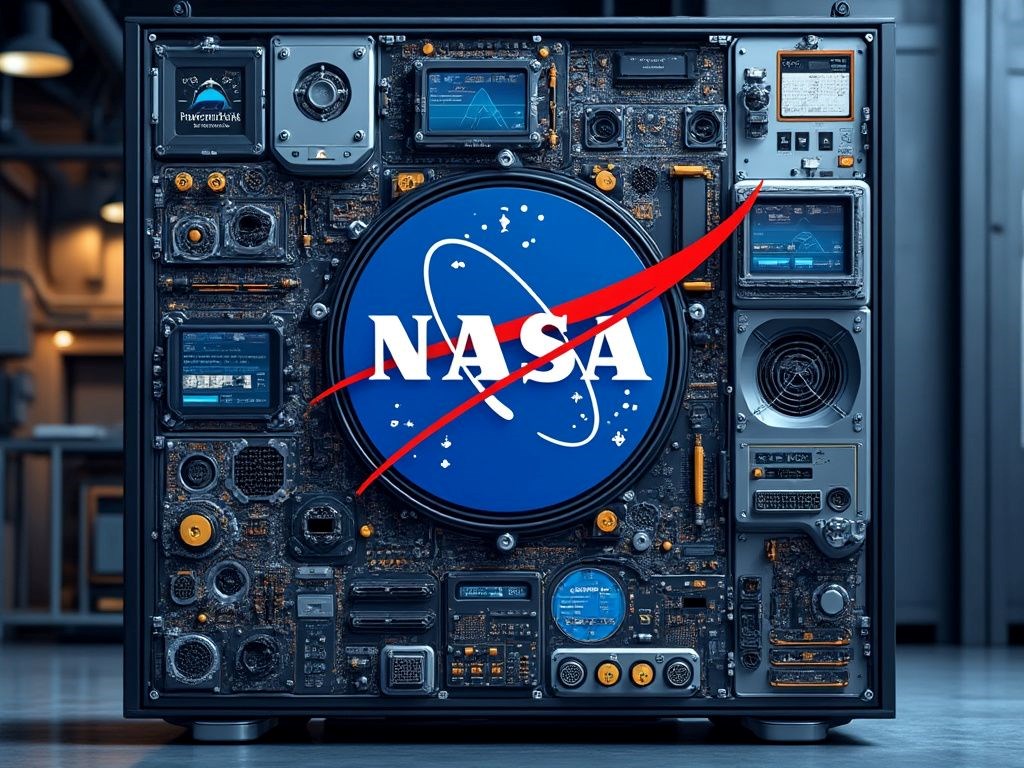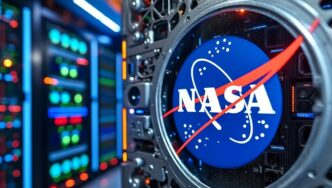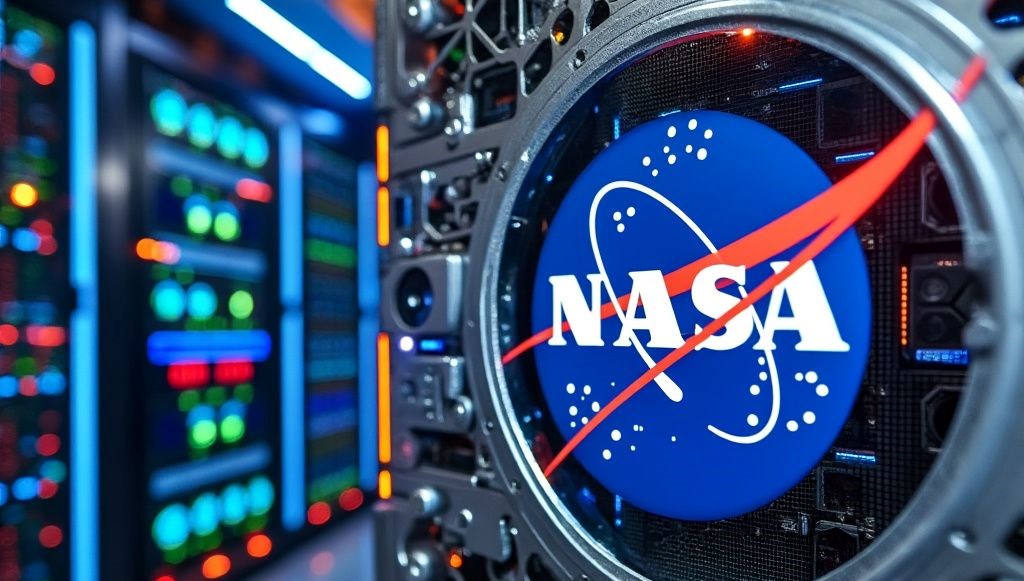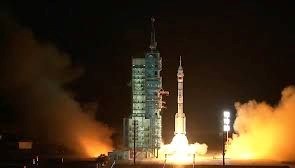NASA’s Artificial Intelligence Director David Salvagnini explained the role of artificial intelligence technologies in NASA’s scientific exploration, autonomous systems, and space missions. Artificial intelligence is revolutionizing NASA’s work, from planetary exploration to debris detection, from communications to autonomous systems.
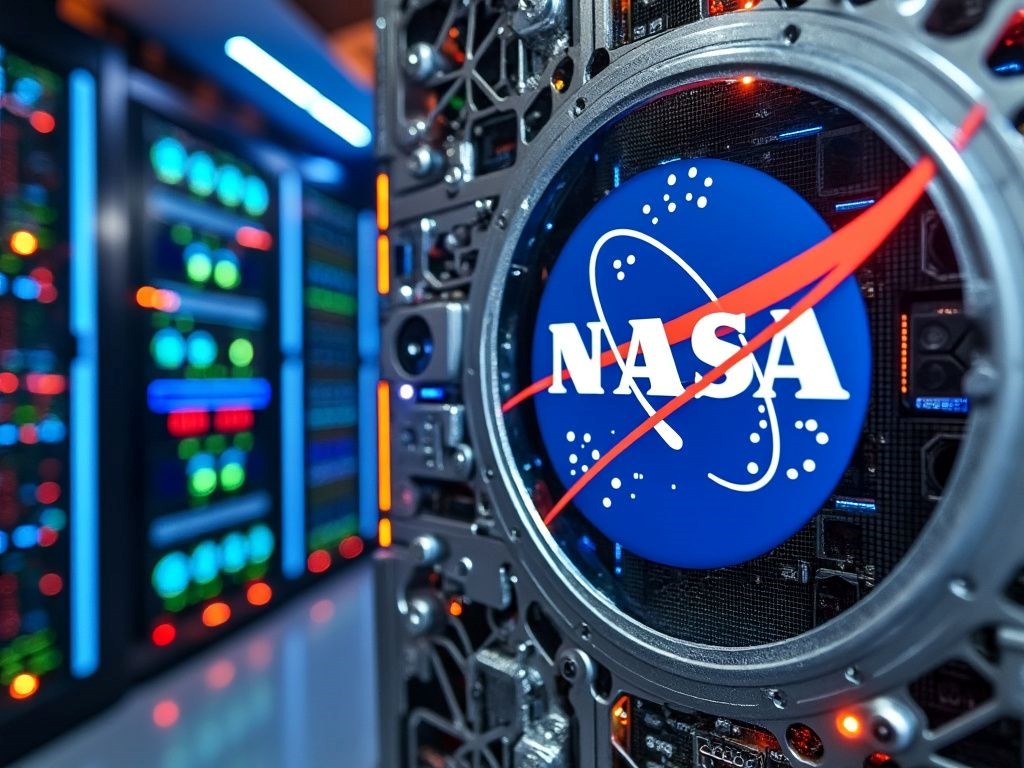
NASA has been using artificial intelligence technology to support and optimize its work both on Earth and in space for decades.
Artificial intelligence is being applied in a wide range of areas, from planning and scheduling missions for astronauts to analyzing satellite data sets, from diagnosing and detecting anomalies to developing autonomous systems.
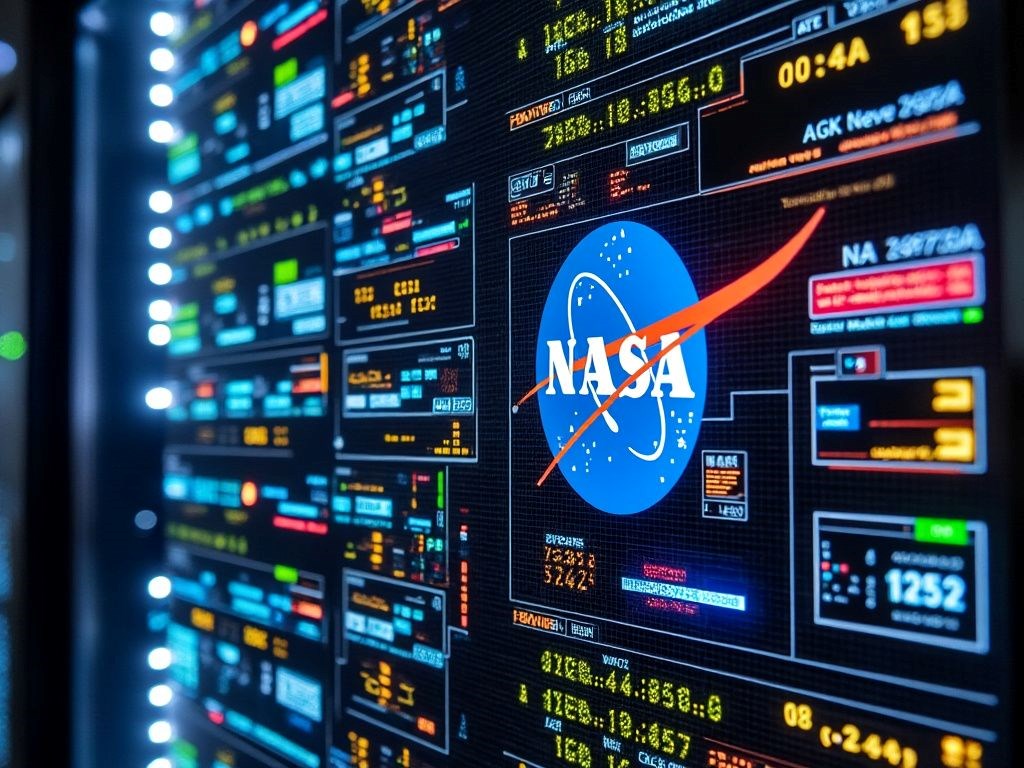
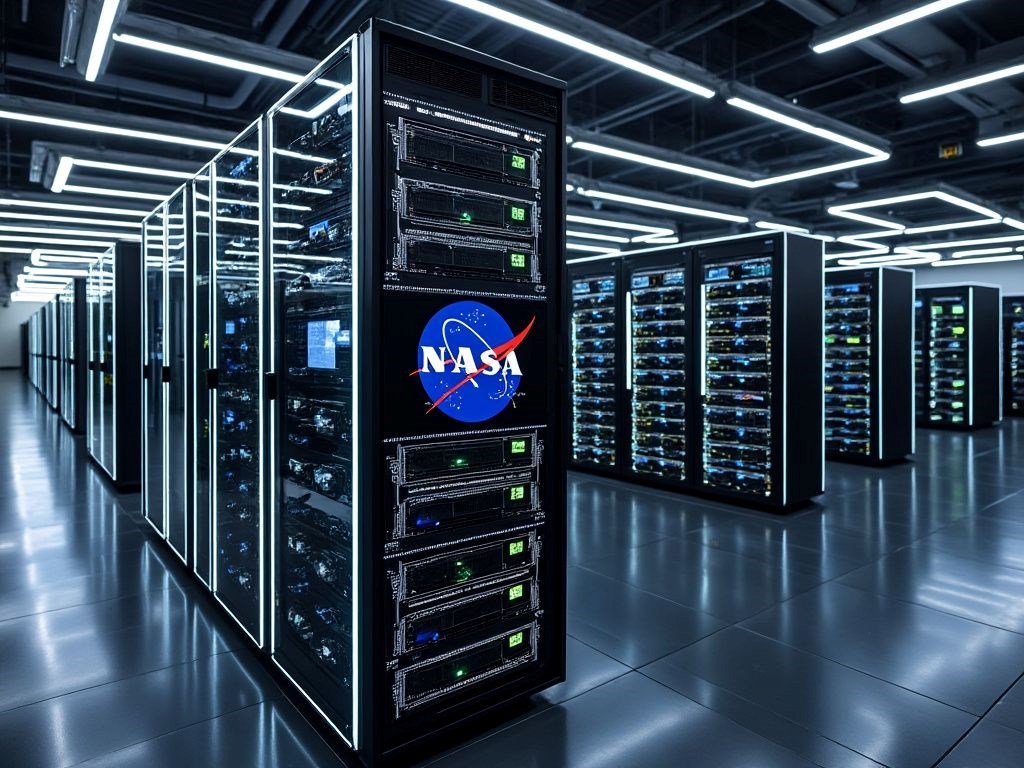
In particular, these technologies are used to support scientific studies in the discovery of objects in our solar system or distant solar systems.
For example, a technology called ExoMiner identifies exoplanets and distant solar systems using artificial intelligence trained with machine learning.
This system was trained with data collected up to 15 years ago and was able to identify previously undiscovered objects.
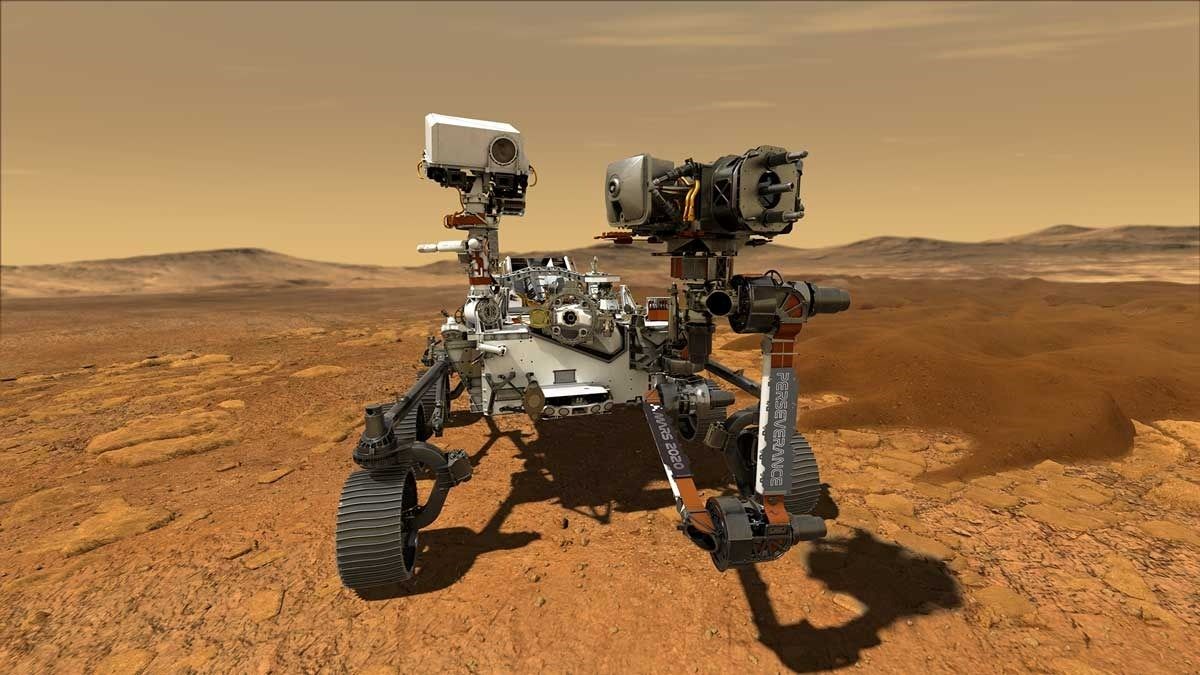
Similar to what is seen in today’s autonomous vehicles, the AI system on the rover processes environmental conditions and makes decisions to determine how the vehicle should behave.
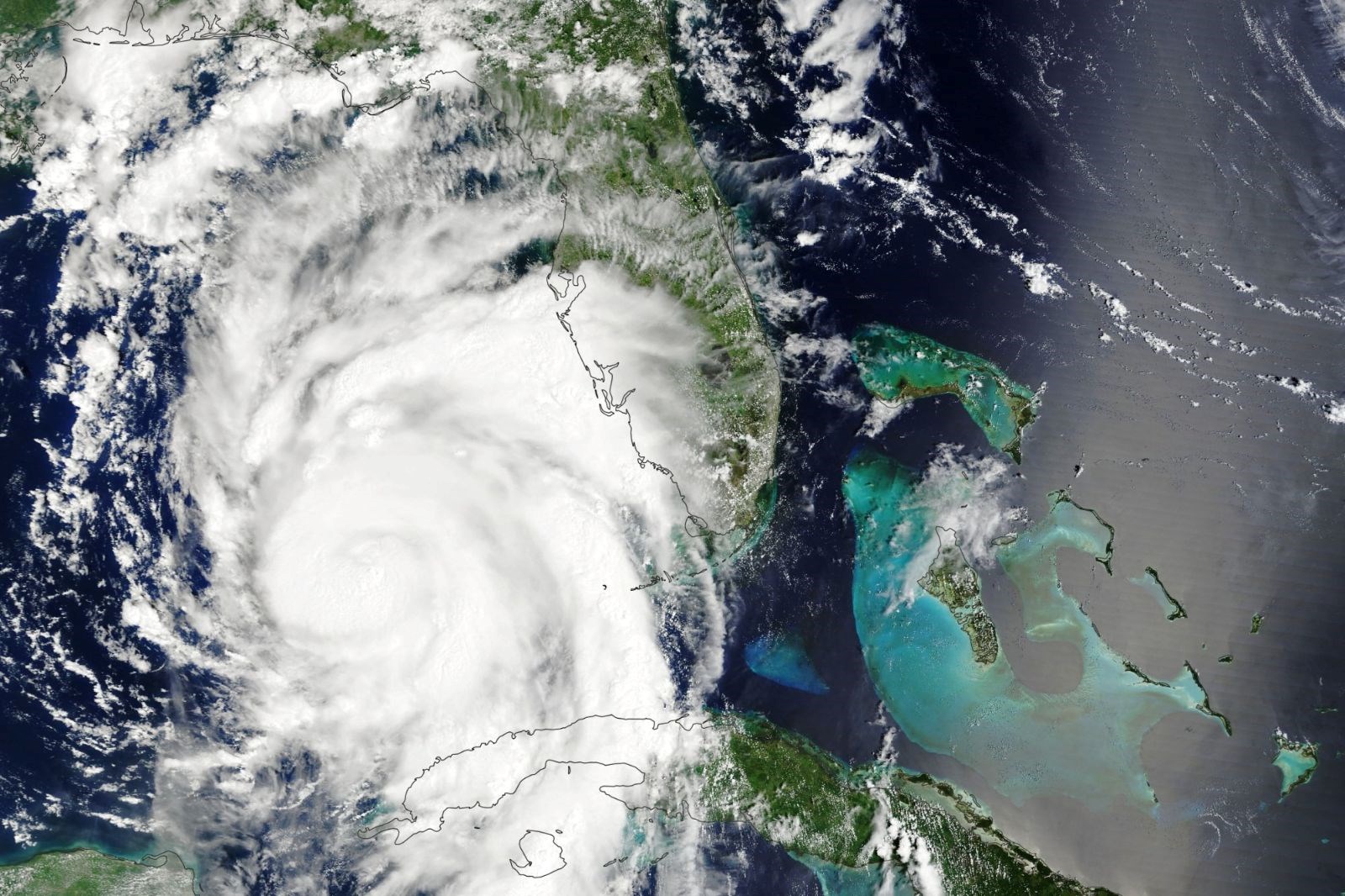
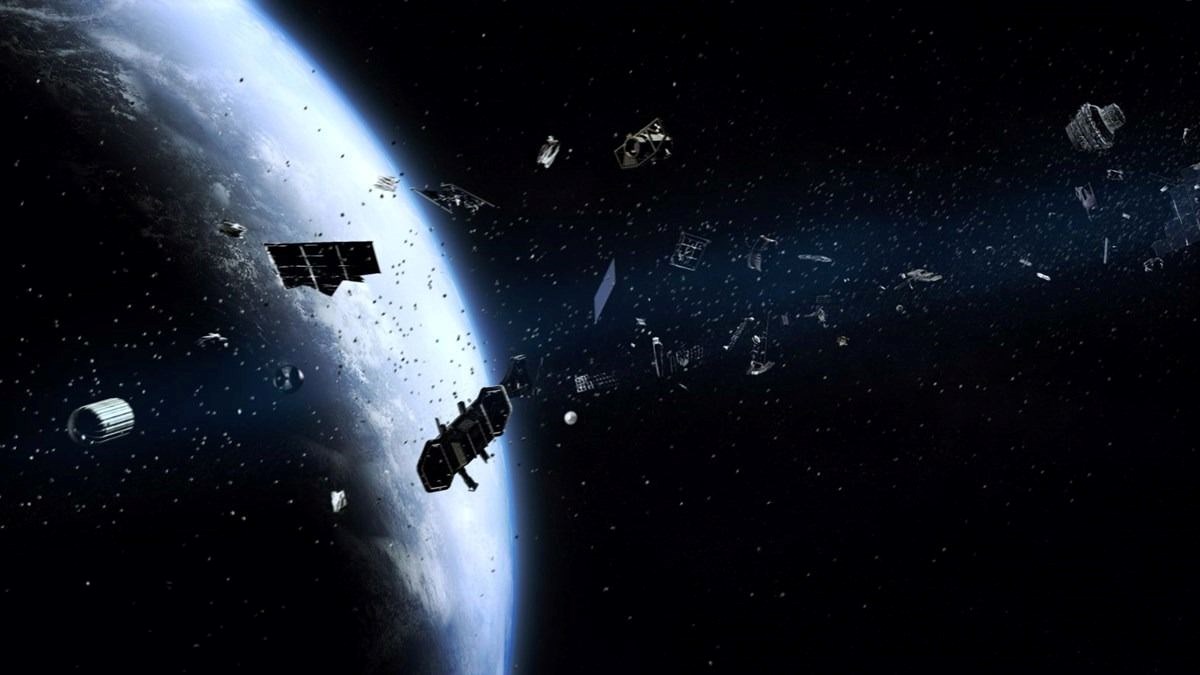
For example, artificial intelligence will be used in a wide range of areas, from space debris detection in orbit to the development of systems for cleaning up this debris.
NASA has published a Space Sustainability Strategy to measure and assess space sustainability, and artificial intelligence plays an important role in this process.
AI will also be effective in optimizing communication systems. In space, when more complex needs arise with multiple communication networks, artificial intelligence will be able to increase the reliability of data transmission by choosing the most appropriate communication path.
